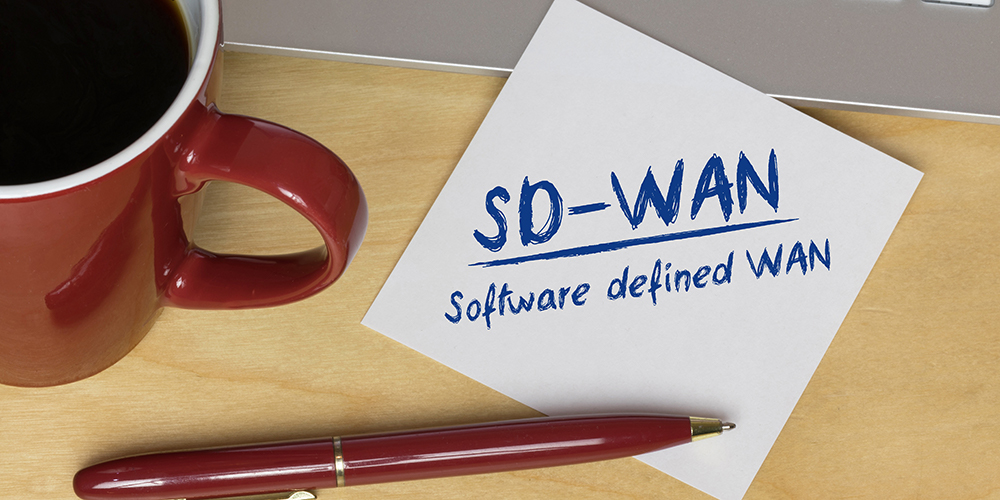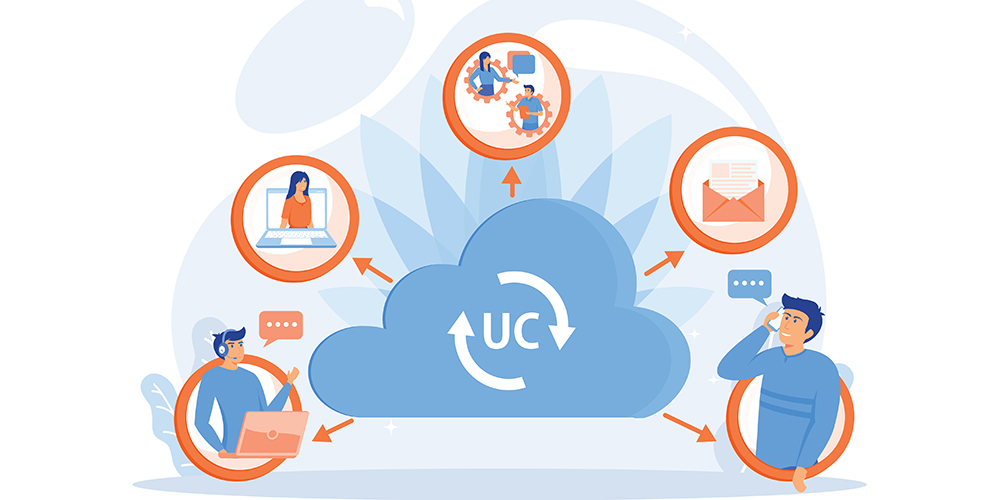
May 13, 2024 | SMB Technology, SMB Technology, SMB Technology, SMB Technology, Technology News
According to an article in the HIPAA Journal, May 2nd was “National Password Day.” You didn’t know there was such a day? National Password Day was declared in 2013 to bring awareness of both the importance of passwords in keeping personal and company data safe, but also about password risks and best practices to mitigate those risks. Read on to learn about the state of thinking about passwords, and how to better manage login credentials.

May 1, 2024 | SMB Technology, SMB Technology, SMB Technology, SMB Technology, Technology News
Cybersecurity, ever a topic for businesses of all sizes, poses special challenges for small to medium-size businesses. Not only can they be special targets for bad actors, but they also deal with tight budgets and at times a lack of understanding of what cybersecurity means. Read on to learn how a small business can meet cybersecurity challenges and build strong defenses.

Apr 15, 2024 | SMB Technology, SMB Technology, SMB Technology, SMB Technology, Technology News
The explosion in popularity of artificial intelligence (AI) is hard to ignore, as one of the biggest – if not the biggest–technology trends in 2024 and beyond. How will your business use this technology? Read on to learn about developing a strategy to harness AI’s power.

Apr 8, 2024 | SMB Technology, SMB Technology, SMB Technology, SMB Technology, Technology News
n the last several years, remote and hybrid work environments have become common. Many offices have at least a partially remote workforce, and this calls for communications applications that are always on and helping workers to collaborate effectively. To learn about leveraging software-defined wide area networks for seamless communication, read on.

Mar 15, 2024 | SMB Technology, SMB Technology, SMB Technology, SMB Technology, Technology News
Cloud Computing is a commonly-used term, but the concept has been in the works for decades. In recent decades, cloud has come into its own as a powerful mode of computing used for businesses large, medium and small. Read on to learn about current and future trends in cloud computing.

Mar 5, 2024 | SMB Technology, SMB Technology, SMB Technology, SMB Technology, Technology News
Remote work has existed for decades, but got a big push just a few years ago, with so many away from the office. And some workers are staying remote, part of companies facilitating hybrid work environments. Business telecommunications needs to be up to the task, equipping workers to collaborate and communicate to get things done. Read on to learn more about the benefits of telecommunications technology for a connected workforce.
Feb 21, 2024 | SMB Technology, SMB Technology, SMB Technology, SMB Technology, Technology News
CISA (Cybersecurity & Infrastructure Security Agency) and The US Department of Homeland Security (DHS) created the CONTINUOUS DIAGNOSTICS and MITIGATION (“CDM”) program in an effort to gather critical Cybersecurity risk information together. They desired an ability that could present the most important data to active dashboards and elevate resource allocations and remediation priorities to the appropriate authorities. Anamo, a patent-pending commercial-grade CDM Cybersecurity platform, has answered that call.

Feb 13, 2024 | SMB Technology, SMB Technology, SMB Technology, SMB Technology, Technology News
We hear so much about Artificial Intelligence (AI) and what it can do, as well as cautions about it. But how can it help your business run more efficiently as well as deliver amazing results in customer service? Read on to learn more about harnessing the power of AI for your small-to-medium-sized business.
Feb 7, 2024 | Technology News
Today’s robust data lakes containing millions of unique Cybersecurity risk identifiers can now be harnessed with ML and AI to deliver predictive threat extrapolation in near Real-Time. In preparation of this years’ annual Space Power conference (US Space Force & NASA) US ProTech has prepared an informative AI/Cyber discussion which will center around the immediate defensive cybersecurity demands of NASA, the DoD, and many other agencies.

Feb 5, 2024 | SMB Technology, SMB Technology, SMB Technology, SMB Technology, Technology News
Cloud Computing, long a fundamental part of digital transformation, is seeing even more changes in 2024 and beyond. From hybrid and multi-cloud to the intersection of artificial intelligence and cloud computing, and the security and compliance implications, digital transformation and innovation will continue. Read on to learn more about upcoming cloud trends.








